ARTICLE AD BOX
Albert, the charming sommelier, is pouring my fifth tasting glass of port. Through my port fog (such a waste not to drain each glass), I am learning about the differences between white ports, tawny ports, ruby ports and vintage ports.
“You could, of course, mix this one with a light tonic and a twist of orange,” says Albert as he raises an eyebrow and adds another splash of Kopke Colhetta 2005 to my glass. “But it’s so lovely in its own right, it would be a shame, don’t you think?”
Indeed it would. Who knew that port could taste more like nectar than Benylin? This tasting at Kopke, the oldest port wine house in Porto, has been an absolute revelation, as has the city itself which I can see framed behind Albert in the golden evening light.
While Lisbon has been stealing all the glory over the past ten years, growing rich and cosmopolitan on the back of Golden Visa investment, Portugal’s second city Porto has very much been the Cinderella sister.
But all of that is changing. Fly to Porto for a long weekend, pack as much in as you possibly can, and by Sunday night the only question you’ll be asking yourself is: “You idiot – why haven’t you done this sooner?”
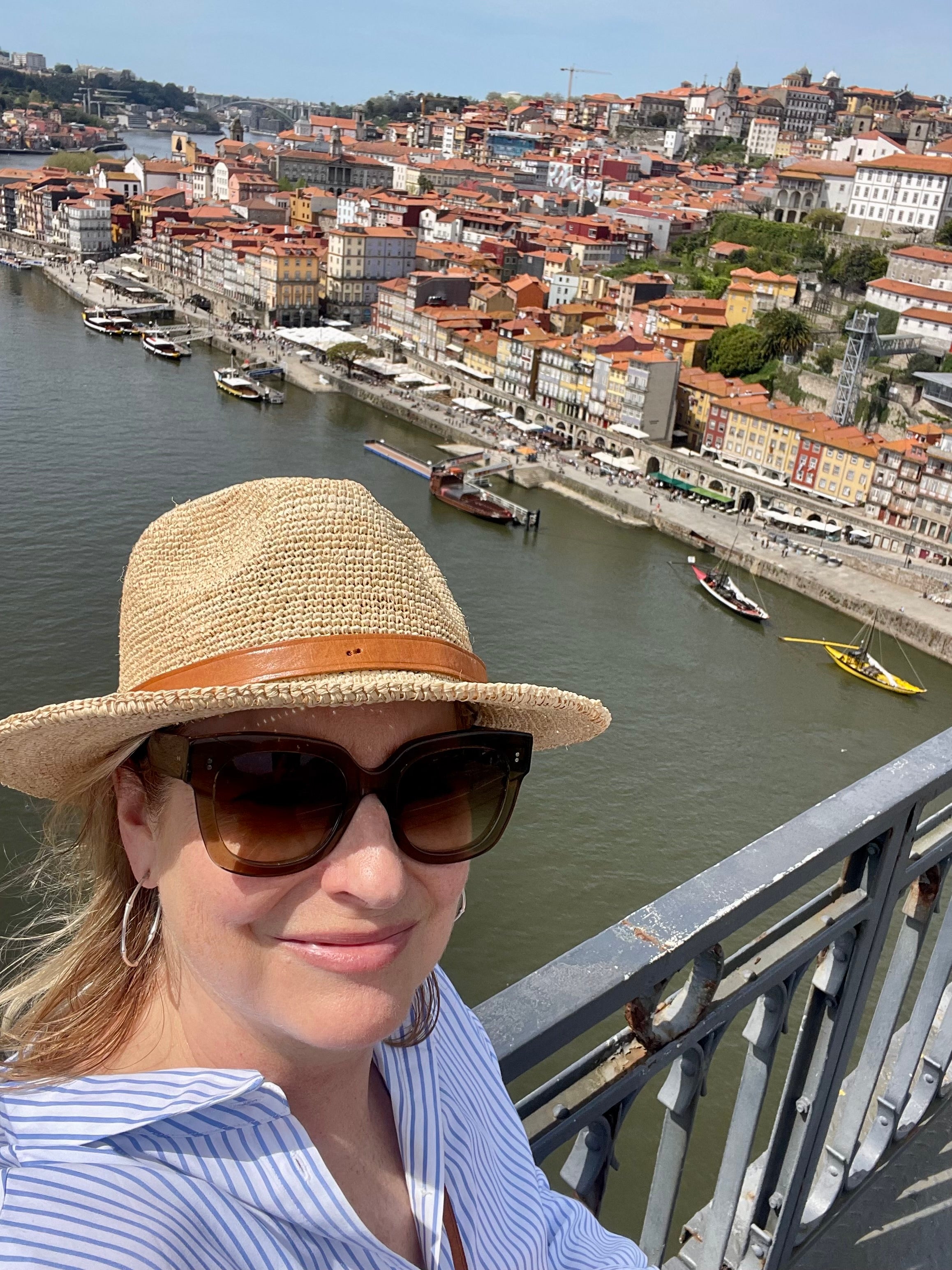
This smaller, more walkable (less hilly) and, arguably, prettier version of Lisbon has film-set-pretty medieval streets, buildings clad in crazily-patterned Azuleja tiles, exquisite Belle Époque cafes on tree-lined avenues and city beaches. It also has all the fun of a real-life theme park: cable car rides, boat trips along the Douro, interactive museums where you can make your own chocolate, super-fun food markets and endless wine and port tastings.
Read more: Why Madeira is better out of season
Strict planning laws in Porto, which prohibit the destruction of original building facades, mean the city has retained its crumbly charm – and behind these historic walls are a growing number of innovative new restaurants, concept stores and boutique hotels.
Case in point is the Tivoli Kopke, Porto’s latest new opening in the Gaia district. The original offices around the working port wine cellars at Kopke have been sensitively transformed into a luxurious five-star hotel with two restaurants, a spa, indoor and outdoor pools and a rooftop bar with probably the best views in town of the Douro and old Porto. Throw open your French doors in the morning and soak up the views over the terracotta roof tiles of one of Europe’s best-preserved cities.
Here's how to make the most of a mini break in Porto.
1. Bolhão Market
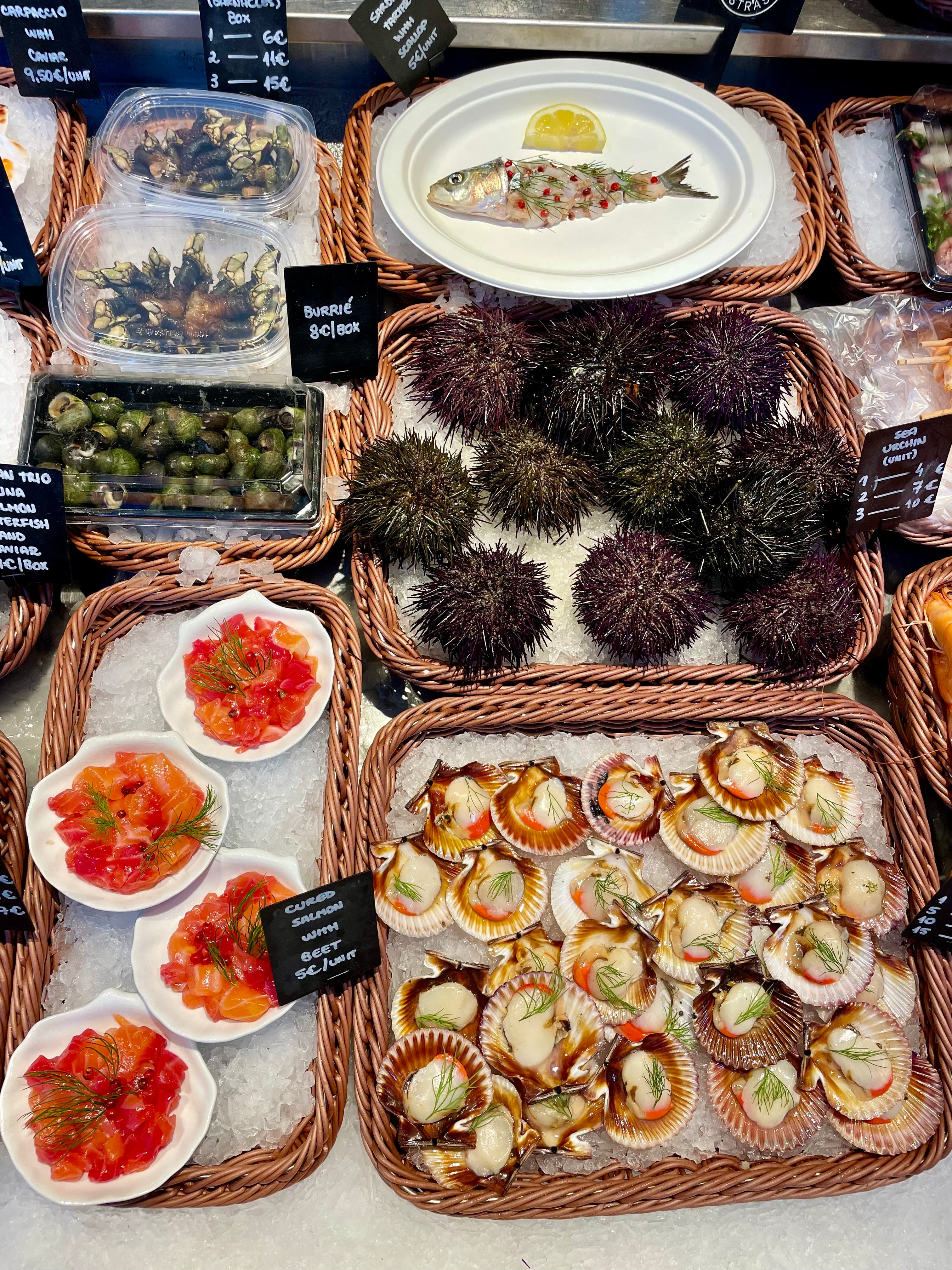
There are food markets and there are next-level food markets. Mercado do Bolhão in central Porto is the standard-bearer of them all. Sprawled over an entire block in a beautifully restored Beaux-Arts building, it has 79 food stalls and 10 restaurants on the top floor. Arrive hungry, grab a glass of vinho verde for a couple of euros from one of the many bars (everyone wanders around with a glass of wine in their hands) and graze on the myriad of fresh tapas made from market produce: oysters, sardines, beef tartare toasts, salt cod croquettes oozing with cheese – even sea anemones you can scoop from their shells. Join the queue at food stall Conserveira do Balhão where locals and tourists line up for plates of seafood tapas for €3 (£2.50) a pop.
2. Ribeira
Wind your way down cobbled streets in Porto’s old town to the riverfront where you’ll find a string of fun bars spilling onto the banks of the Douro. The area is packed with tourists, but it’s worth grabbing a drink so you can watch the boats cruise past. Even better, book a table at one of Ribeira’s excellent restaurants and tapas bars behind the main drag. We had a wine and tapas pit stop at the beautiful Sagardi Porto, and for a sensationally innovative supper, book a table at Cozinha das Flores (the steaming pot of chorizo and turnip-top rice was delicious). Their small plates menu starts from €6 (£5) per dish.
3. Pont Luís I
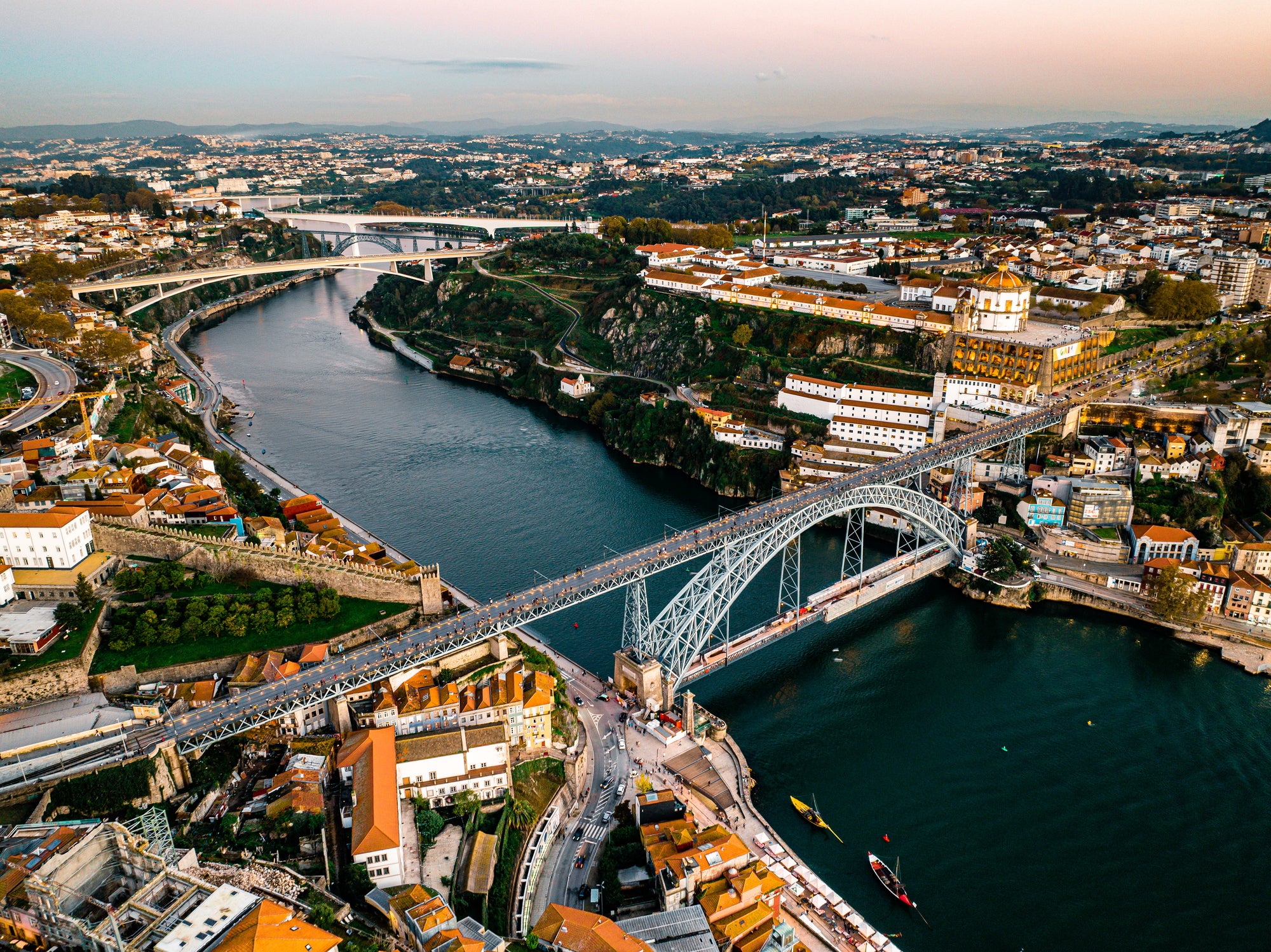
Pack good trainers and prepare to get your steps in – the best way to see central Porto is by walking. The city is divided into two areas: the Douro river, Porto and the Vila Nova de Gaia district, with the Pont Luís I bridge connecting the two. This double-decked steel bridge is the focal point of the city – walk across the top deck and stop for a coffee on the viewing platform at the Teleferico Bar then take the cable car down to the waterfront in the Gaia district.
There is a constant stream of activity on the Douro which flows from Spain through the Douro Valley, one of the world’s greatest wine-growing areas. If you have time, it’s worth booking a one-hour Six Bridge Boat Cruise on a traditional wooden Rabelo boat (from £15.28 per person).
Read more: Enjoy the quiet magic of Melides
4. Gaia District
Since the 17th century, this district has been the hub of the port wine industry. Big name port houses open for tours and tastings, but among them are now swanky hotels and a buzzy riverfront lined with bars and seafood restaurants. It is also home to the expansive World of Wine which is basically wine buff heaven, with seven museums including the The Wine Experience (one of the best wine museums in the world), restaurants, a wine school and even chocolate-making workshops. Tickets start from £17.50 for an entry ticket and wine tasting – but there are a myriad of seasonal events and workshops to book on the website.
3. Shopping
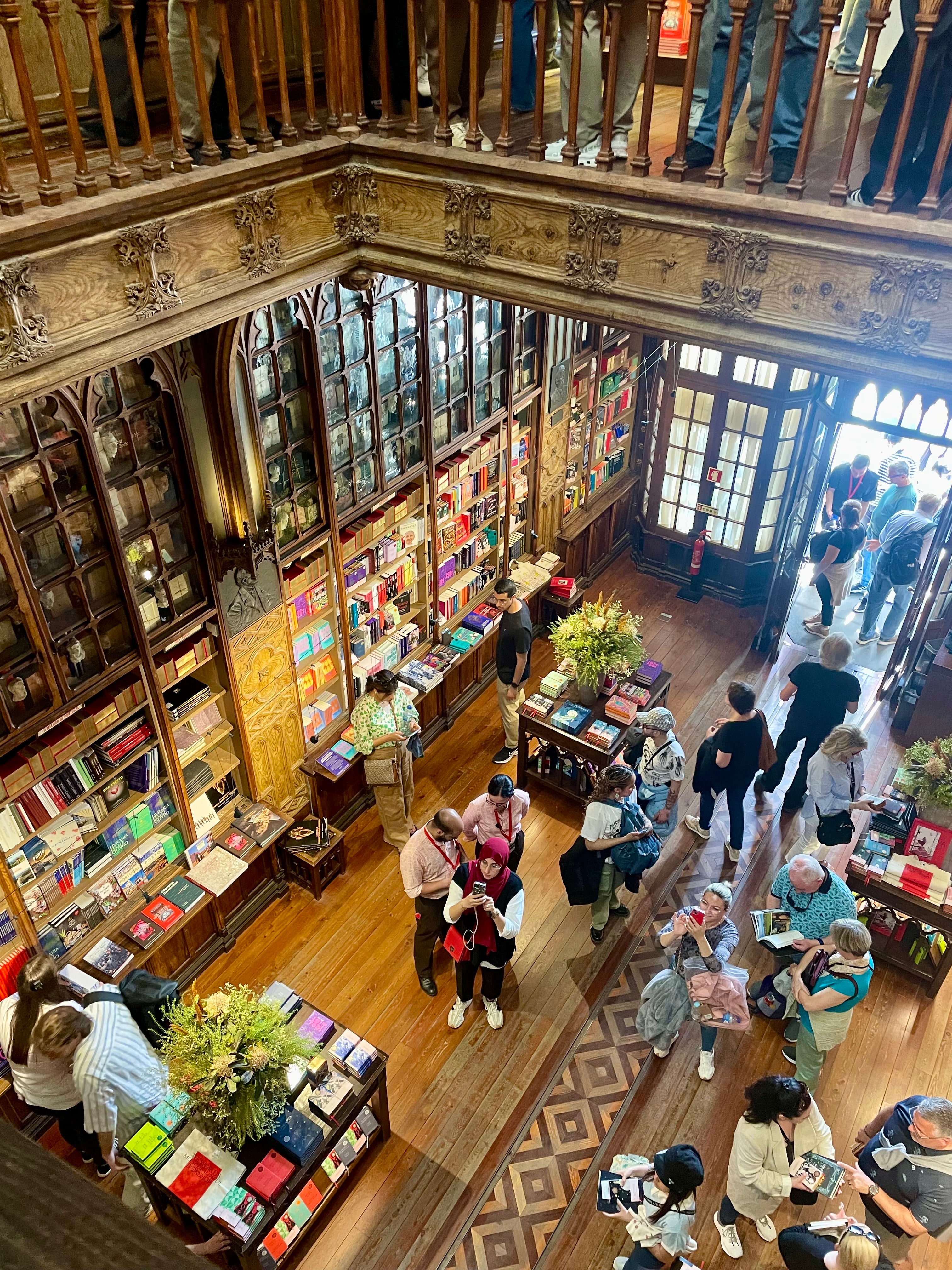
You don’t come to Porto to buy brands – the city is mercifully short of designer stores. But it’s a great place for more eclectic homewares, fashion, food and wine. Livraria Lello quite rightly bills itself as the “World’s Most Beautiful Book Shop” and this neo-Gothic wonder is so popular you need to book a ticket in advance to get in (starting from €10 (£8.50), redeemable against a book purchase).
A few doors along is the concept store Fernandes Mattos & CA, a three-storey emporium of eclectic fashion, beauty and accessories which is worth visiting for the beautiful space alone. A Vida Portuguesa has a gorgeous mix of homewares, food, jewellery and accessories and a must-see is the exquisitely designed soaps and perfumes at Claus Porto. Rua da Santa Caterina is the main shopping drag where you’ll find Spanish high street brands and the beautiful (but very crowded) Café Majestic for a coffee stop. For food and wine shopping, head to the streets around the Bolhao Market where you’ll find authentic Portugese delis such as Casa Lourenço.
5. Beach breaks
Porto has a string of city beaches to the north and south of the city which are easy to reach for an afternoon of chilling. One of the most beautiful is Praia da Madelena in the south. Take a short taxi ride down to Madelena and you can walk back to Porto city along a wooden walkway, passing cafes, bars and sandy beaches with wild, crashing waves (better for viewing rather than swimming). Book a table at Brasão Salgueiros for a seafood lunch on the sand. Or, if you are after quieter swimming beaches, head to the northern city beaches around Foz.
Where to stay
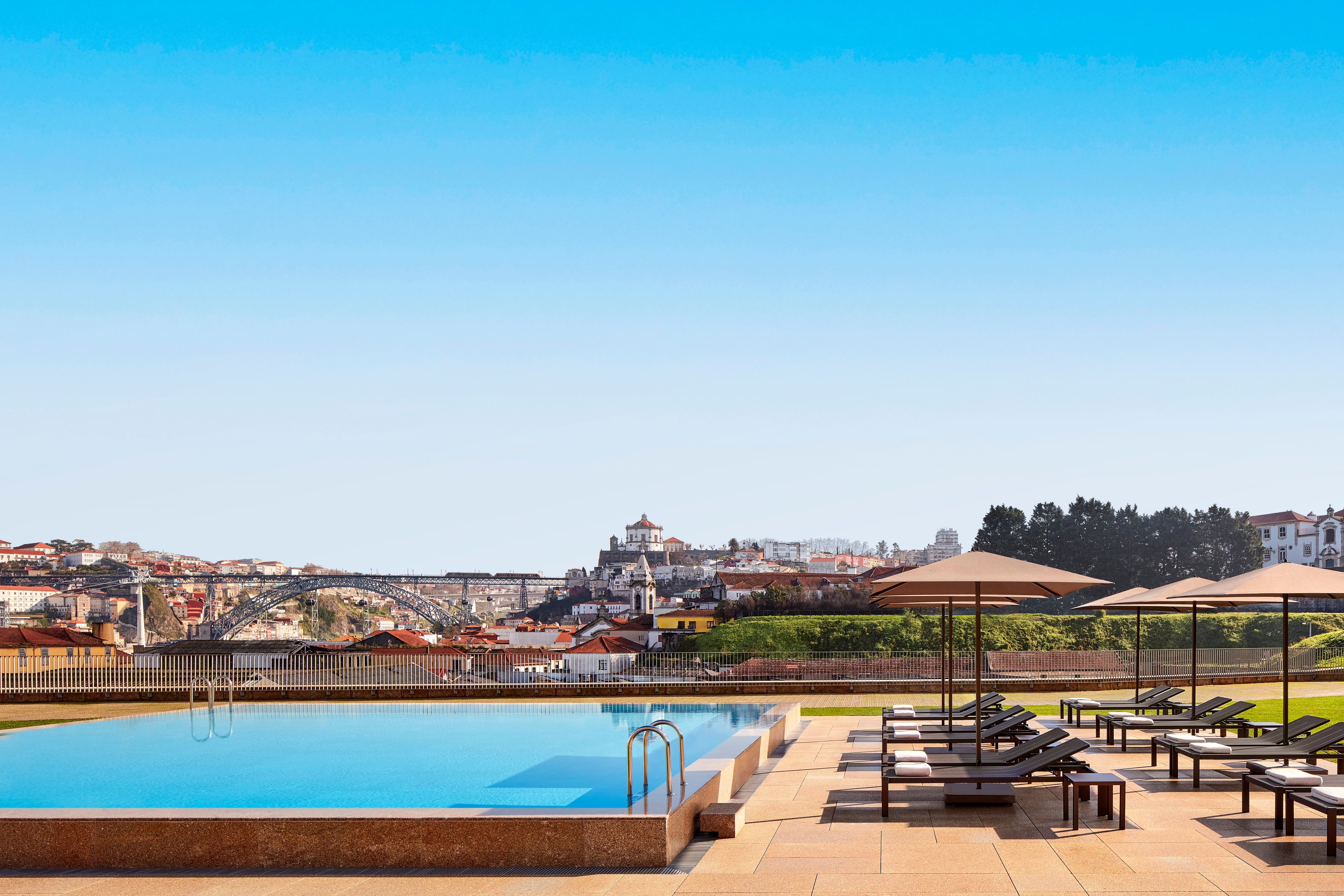
This is how to do Porto in style. Porto’s oldest wine house, Kopke, was established in 1638 but opened its five-star hotel on the estate in February 2025. Built on a hill with panoramic views of Porto (but a short walk to riverside action) it’s a sanctuary to stagger back to after a crazy day of sightseeing. There are indoor and outdoor swimming pools, a gym, steam room, sauna and a spa with grape-infused treatments. Kick back by the pool-side sushi bar and end the evening at the rooftop Sky Bar with tapas, cocktails and music. Elsewhere, book a table at the special-occasion 1638 Restaurant & Wine Bar with a menu designed by three Michelin-starred Spanish chef, Nacho Manzano. The port wine-tasting session can be booked separately and is a whole lot of fun.
Read more: The eight most beautiful cities and towns to visit in Portugal
Porto A.S. 1828 Hotel
If you want to stay in the thick of it, this sweet little boutique four-star hotel in Porto’s historical centre offers simple, stylish rooms and friendly staff. Ask for a quiet room.
Getting there
British Airways, easyJet, Ryanair, TAP, Wizz and Vueling all fly direct to Porto with prices starting from £86 return. Flight time is 2 hours 15 minutes from London.
Porto Airport is 11km from the city centre and connected by Metro (€2.60/£2.20 one way) and bus (€2/£1.70 one way) which takes 30 mins. A taxi costs around €25/£21 and takes 20 minutes.
Fiona was a guest of Tivoli Kopke Porto Gaia Hotel.
Read more: An insider’s guide to the perfect spring break in Lisbon









 English (US) ·
English (US) ·